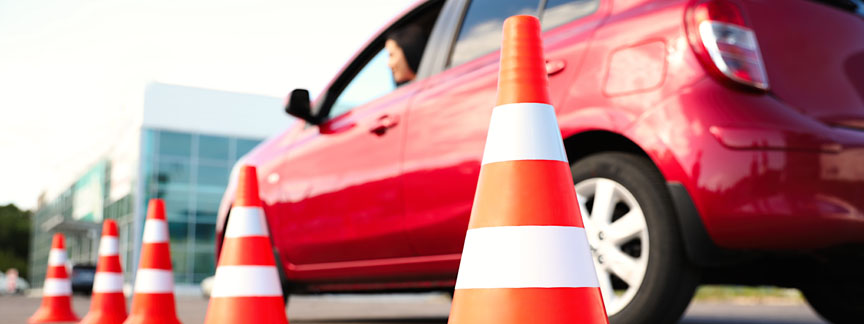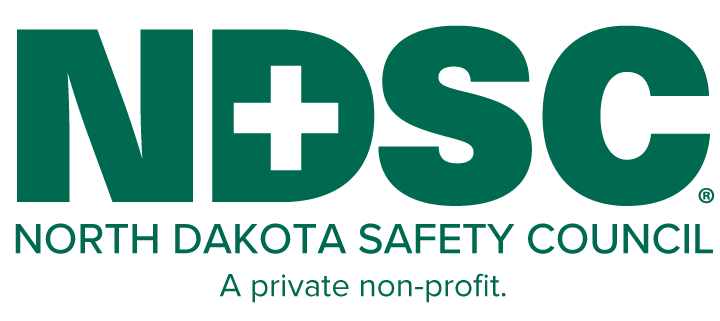
Stay Safe With The Zipper Merge
Everyone knows the old joke about North Dakota’s two seasons, right? We’ve got winter and we’ve got road construction.
And that road construction season holds us up right when we’re racing to make the most of summer. Well, good news! When highway construction takes roadways down to one lane, the zipper merge can keep traffic moving while keeping you and road workers safe.
What is zipper merging?
When a lane is closed in a construction zone, a zipper merge occurs when motorists use both lanes of traffic until reaching the defined merge area, and then alternate in “zipper” fashion into the open lane.
Zipper merge vs. early merge
Usually, when drivers see the “lane closed ahead” sign in a work zone, they slow too quickly and move too early into the lane that continues through the construction area. Too often, this leads to unexpected and dangerous lane switching, serious crashes and road rage.
In contrast, zipper merging keeps traffic moving and everyone safer. Watch a brief video about how it works.
Zipper merge benefits
- Reduces differences in speeds between two lanes
- Reduces the overall length of traffic backup by as much as 40%
- Reduces congestion on freeway interchanges
How to zipper merge: When you see the “lane closed ahead” sign and traffic backing up, stay in your lane up to the point of merge. Then take turns with other drivers to safely and smoothly ease into the remaining lane. Don’t worry about being “North Dakota nice” be “North Dakota safe” instead. When traffic is heavy and slow, it is much safer for motorists to remain in their current lane until the point where traffic can take turns merging.
When not to zipper merge
When traffic is moving at highway speeds and you are not experiencing any backups, it makes sense to move sooner to the lane that will remain open through construction. The bottom line: Merge when it is safe to do so.
Learn more: NDDOT – I-94 Mandan & Bismarck Expressway



